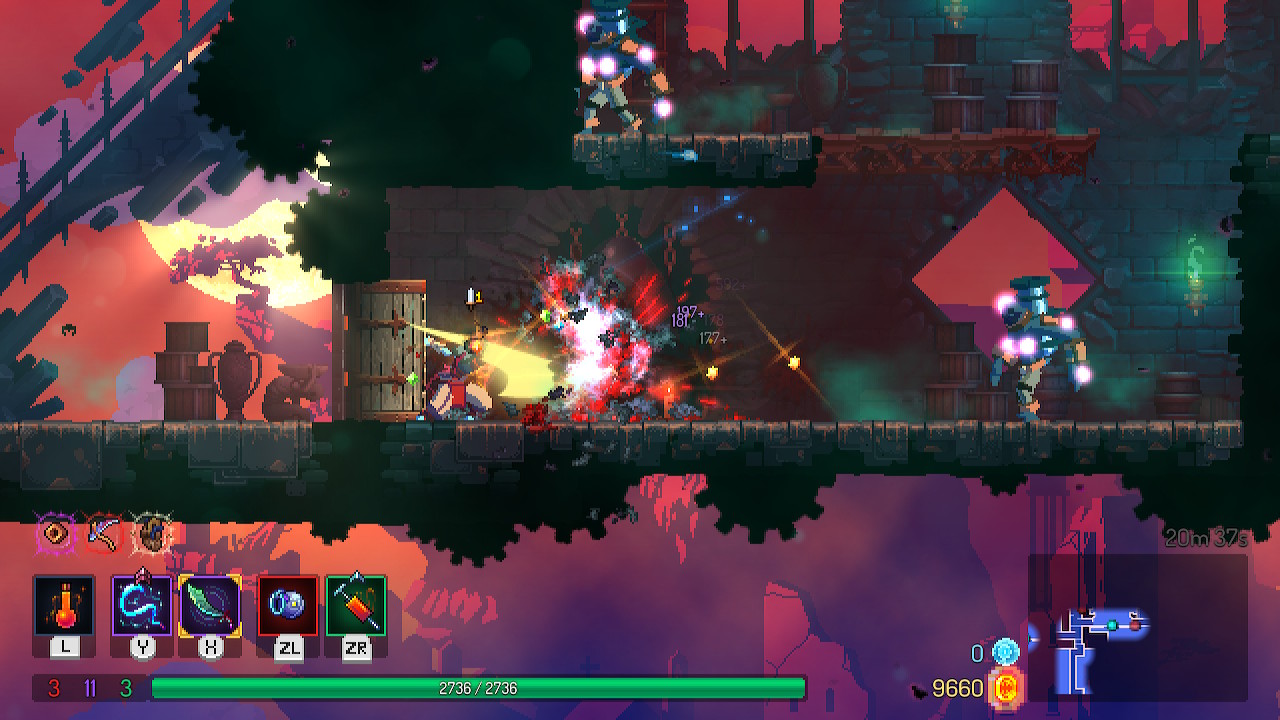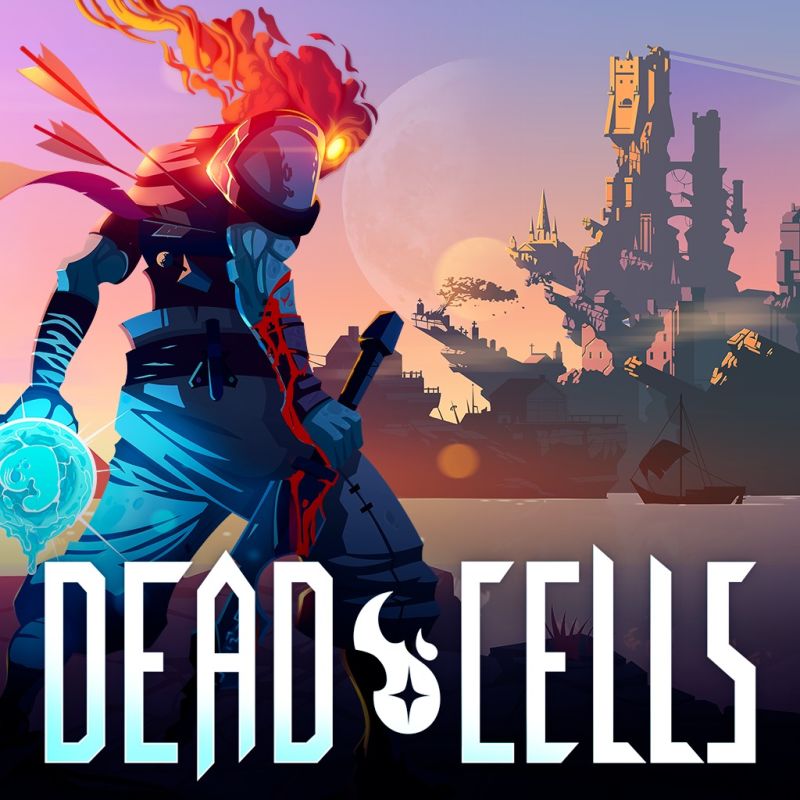iMore Verdict
Bottom Line: Dead Cells blends multiple genres to create a hybrid like no other. It is fast, fun, endlessly replayable, and incredibly challenging. It's not a game for everyone, but fans of the genre will fall in love with this modern indie gem.
Pros
- +
An almost perfect blend of conflicting genres
- +
Procedurally generated levels and loot
- +
Every playthrough is different
- +
Beautiful art direction and smooth as butter animation
Cons
- -
The difficulty will alienate casual gamers
- -
Occasional frame rate drops
You can always trust iMore.
The Nintendo Switch continues to dominate the console charts, and it's easy to see why. It's become the most popular system of this generation thanks to a combination of first-party games, ports of older titles, and excellent indies. In recent years, the latter has become so saturated that it's sometimes challenging to find the truly great indie games. Every once in an awhile, however, a title bubbles to the surface that's a cut above its peers.
When I initially came across Dead Cells, I passed it over as another "flavor of the month" title. On its surface, Dead Cells channels almost every popular indie genre. Dead Cells is a rouge-lite, Metroidvania game with procedurally generated levels and Dark Souls-like combat coupled with punishing difficulty. But after spending time with the game, I found something greater than the sum of its parts. Dead Cells is something special and is well worth your time.
Why I love Dead Cells
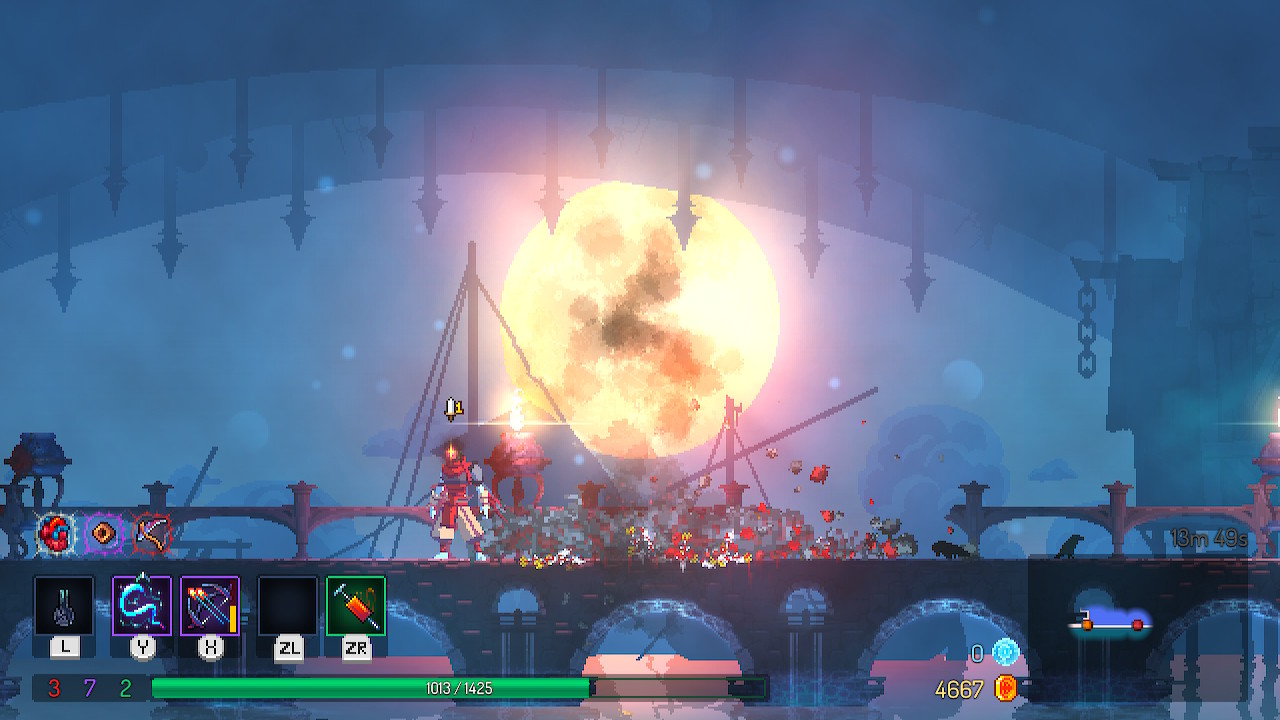
At its core, Dead Cells combines genres that, on paper, shouldn't complement each other. The character progression found in a game like Metroid conflicts with the random nature of rogue-like games, but in Dead Cells, it works perfectly. You start as a green blob fitted onto a corpse in prison, equipped with nothing but a basic sword. Players must work their way through levels, collecting better weapons and upgrades as they fight through hordes of monsters.
The most important thing to remember about Dead Cells is when you die, you lose everything and must restart the game from the beginning every time — no checkpoints or save states. Dead Cells is a difficult game, but it's not an unfair one. Levels are laid out sequentially but randomly generated; basically, you'll play through the same levels every time, but the layouts will be different. The Groundhog's Day gameplay loop allows players to learn what to expect from level layout, as well as master enemy patterns and uncover alternative paths.
Started from the bottom, still here
As you defeat monsters, you collect cells, which can be used to unlock permanent upgrades for your character. Dead Cells is meant to be played over and over again. While your runs will be different every time, the permanent upgrades offer skill progression that makes you feel like you're gaining something from every run, no matter how long you last.
That helps because the first few trips through Dead Cells can be agonizing. You're weak, unfamiliar with your surroundings, and so much is unexplained that you're forced to throw caution to the wind and explore. Trial and error are necessary to mastering Dead Cells, and I felt like I was always discovering something new every playthrough.
| Category | Dead Cells |
|---|---|
| Title | Dead Cells |
| Developer | Motion Twin |
| Publisher | Nintendo |
| Genre | Action |
| Platforms | Nintendo Switch, PlayStation 4, Xbox One, Steam |
| Game Size | 896 MB |
| Players | 1 player |
| Price | $25 digital |
Visually, Dead Cells' pixel art style is as gorgeous as it is detailed. The chaos on the screen can be overwhelming at first, but the game is incredibly clever in how it handles its own madness. Enemies glow a bit and are color-coded along with the levels. These visual indicators help players keep track of enemies as you dash and slash between them and serve as an indicator of that enemy's method of attack.
iMore offers spot-on advice and guidance from our team of experts, with decades of Apple device experience to lean on. Learn more with iMore!
If you're able to complete the game, you'll be happy to know that there's plenty of end game content to get into as well. In addition to unlocking higher difficulties using Boss Cells, a special cell looted from an endgame boss; there are also two DLC packs available. The first pack, titled Rise of the Giant, is free and offers new levels, enemies, and weapons to the main game, while the second pack, titled The Bad Seed, offers new content that focuses on expanding the lore and adds new levels that are meant to add variety to early game runs.
Why I don't love Dead Cells
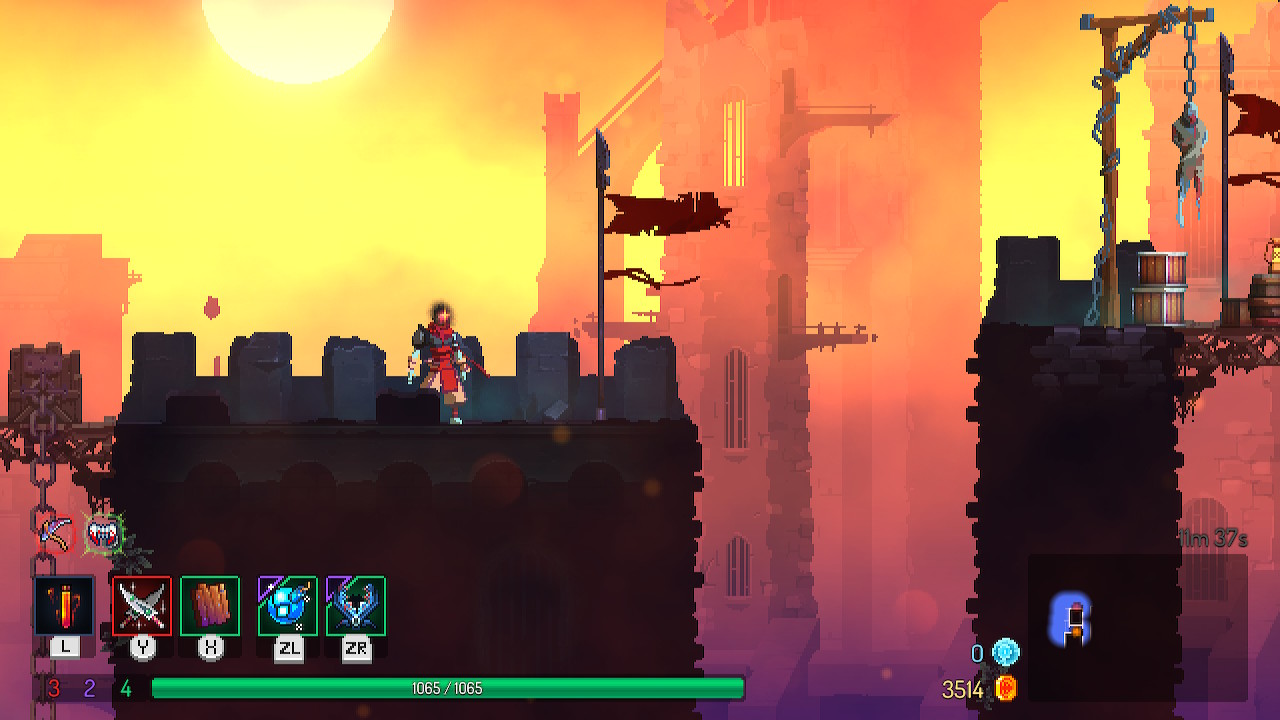
This game can be brutal at times, and while constant replays allow you to learn early game enemy patterns, you don't get the same luxury for enemies that appear later in the game. No matter how good Dead Cells is, it is particularly crushing to be defeated by an enemy 30 mins into your run and forced to restart from the beginning again. Trust me, I watched that mass of green goo crawl into a new corpse more times than I care to admit, and it never gets any easier. It is a gameplay design that can turn of gamers who are used to the frequent autosaves and handholding found in other games.
No matter how good Dead Cells is, it is particularly crushing to be defeated by an enemy 30 mins into your run.
Dead Cells ran well on the Switch in both handheld and docked, at a full 60 frames per second, but on occasion, there are minor frame rate dips that cause the game to stutter. This happens when there's a lot of action on screen and is so minor that most playing may not even notice. Still, I can see this as a problem when you're playing on harder difficulties, where a missed dodge or attack could spell the end in an instant.
Fight, die, learn, repeat
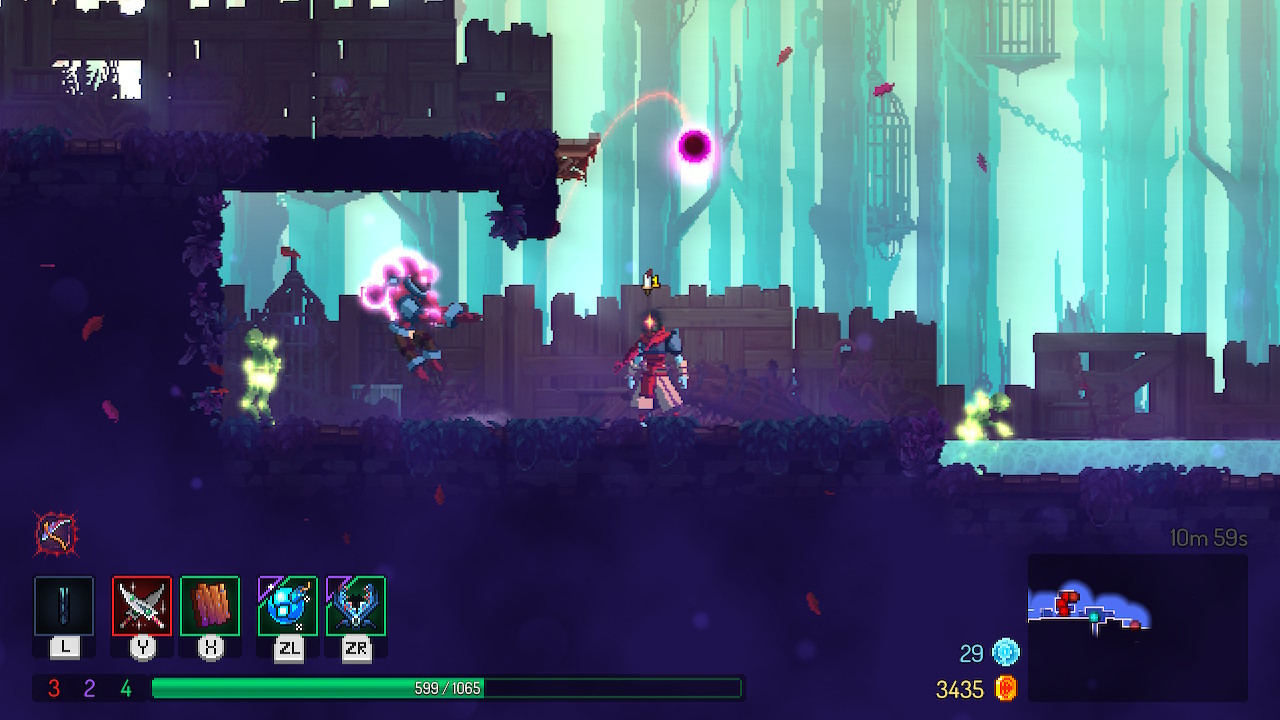
Dead Cells works on so many levels that its minor flaws hardly hamper on the overall experience. The amalgamation of genres blends so perfectly, forming a game that's fun for gamers looking for a deep and difficult action platformer, or for those looking for a game that can be played in short burst. Dead Cells rises above its peers and stands as one of the best of its genre.
The Nintendo Switch continues to prove itself as the platform of choice for indies, and Dead Cells is no different. While it's not exclusive to the console, Dead Cells feels at home on the system and adds to the pedigree of the Nintendo Switch's already impressive catalog. This is a must-have title for fans of rogue-likes, Souls-type games, or fast-paced action titles. Motion Twin has given birth to a modern indie classic.
Dead Cells is a fantastic blend of genres that somehow work so perfectly together to create an endlessly replayable game. Its difficulty will delight fans of games like Dark Souls and Sekiro: Shadows Die Twice, while it's randomly generated levels and loot keep the game feeling fresh from the 10th run to the 100th.
Zackery Cuevas is a writer for Windows Central, Android Central, and iMore. He likes playing video games, talking about video games, writing about video games, and most importantly, complaining about video games. If you're cool, you can follow me on Twitter @Zackzackzackery.
